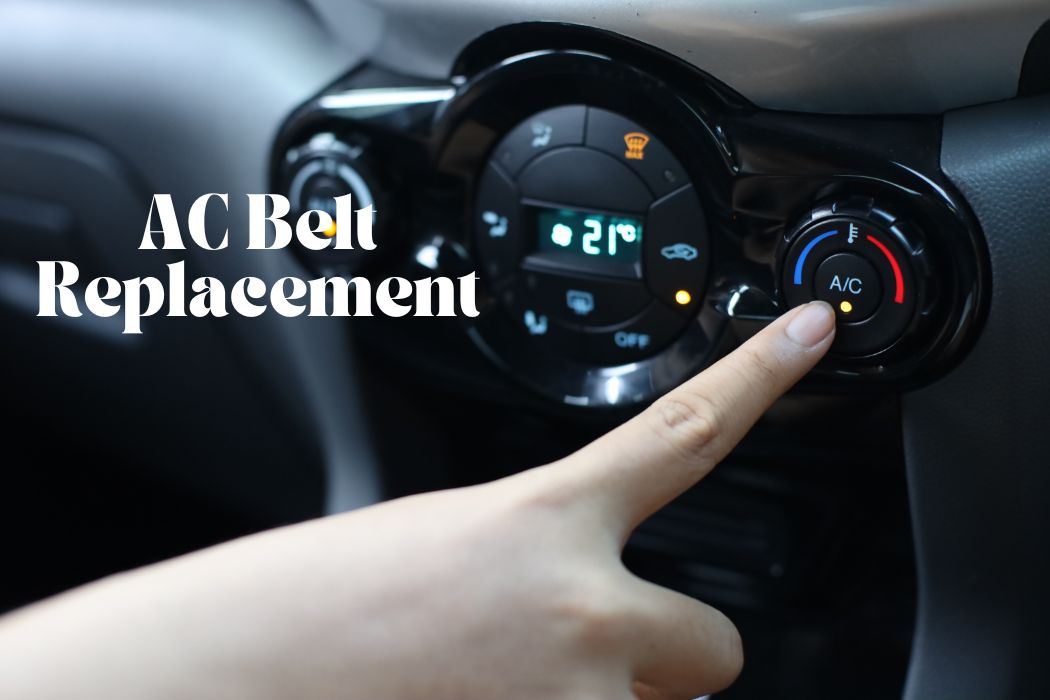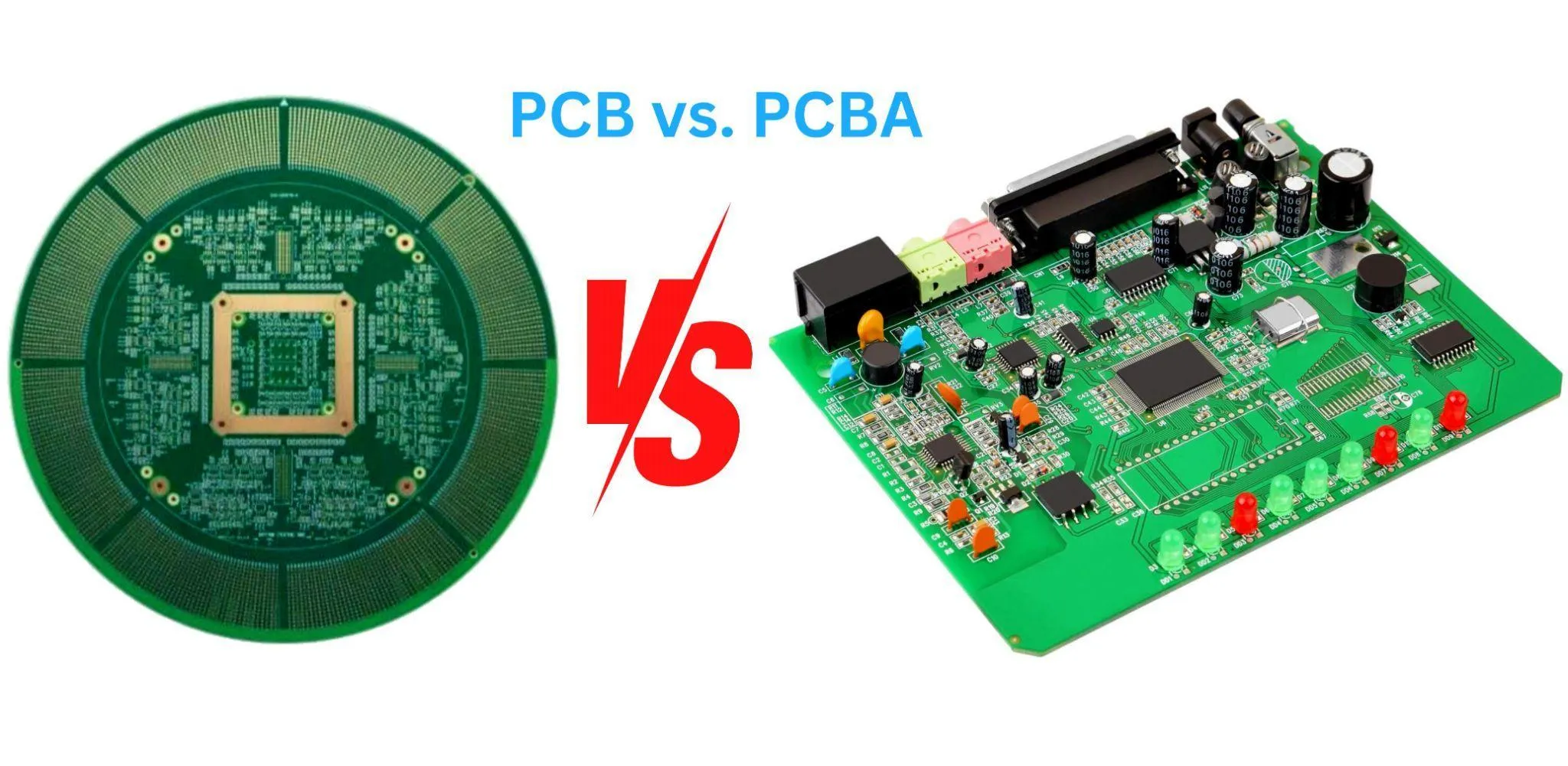Maintaining your vehicle’s air conditioning (A/C) system is crucial for comfort and functionality, especially during warmer months. One essential component of this system is the A/C belt, also known as the serpentine belt. The 49.2.5 A/C belt is a specific model used in many vehicles, and knowing how to replace it can save you time and money. This guide provides an in-depth look at the 49.2.5 A/C belt replacement process, ensuring your vehicle remains in peak condition.
Table of Contents
Understanding the 49.2.5 A/C Belt
The 49.2.5 A/C belt is a critical part of your vehicle’s air conditioning system, responsible for driving various components such as the compressor, alternator, and sometimes even the power steering pump. Over time, this belt can wear out, leading to potential failures in your A/C system or other connected components. Recognizing the signs of a worn-out belt and knowing how to replace it are vital skills for any vehicle owner.
Signs Your 49.2.5 A/C Belt Needs Replacement
Before diving into the replacement process, it’s important to recognize when your 49.2.5 A/C belt might need attention. Common signs include:
- Squealing noises: A high-pitched squeal, especially when starting the engine or turning on the A/C, often indicates a worn belt.
- Visible wear: Cracks, fraying, or glazing on the belt surface are clear indicators of wear.
- A/C system malfunction: If your A/C isn’t blowing cold air or the compressor isn’t engaging, a worn belt could be the culprit.
- Engine overheating: In some vehicles, the A/C belt also drives the water pump. A failing belt could lead to engine overheating.
Tools Needed for 49.2.5 A/C Belt Replacement
Before starting the replacement process, gather the necessary tools. Having the right equipment on hand will make the job smoother and more efficient:
- Wrench set: A combination of metric and standard wrenches.
- Socket set: Essential for removing bolts and tensioners.
- Belt tensioner tool: A specialized tool for releasing tension on the belt.
- Screwdrivers: Both flathead and Phillips for various clips and covers.
- Replacement belt: Ensure it’s the correct 49.2.5 model for your vehicle.
Step-by-Step Guide to 49.2.5 A/C Belt Replacement
1. Safety First
- Park your vehicle on a flat surface and engage the parking brake.
- Disconnect the battery to prevent accidental electrical shorts.
- Allow the engine to cool before starting to avoid burns.
2. Locate the Belt and Components
- Open the hood and locate the A/C belt. Refer to your vehicle’s manual for exact positioning.
- Identify the belt routing diagram, usually found under the hood or in the vehicle’s manual. This diagram is crucial for ensuring the belt is routed correctly.
3. Release Belt Tension
- Use the belt tensioner tool to relieve tension on the belt. Depending on your vehicle, this may involve rotating the tensioner pulley in a specific direction.
- Carefully slide the belt off the pulleys while maintaining control of the tensioner tool.
4. Remove the Old Belt
- Once tension is released, completely remove the old 49.2.5 A/C belt from the engine bay.
- Inspect the pulleys and surrounding components for any damage or debris that could interfere with the new belt.
5. Install the New 49.2.5 A/C Belt
- Begin routing the new belt according to the diagram. Ensure it sits correctly in the grooves of each pulley.
- Reapply tension to the belt using the tensioner tool, carefully aligning the belt in place.
6. Double-Check the Installation
- Visually inspect the belt to ensure it’s seated properly on all pulleys.
- Manually rotate the crankshaft (if accessible) to check for smooth operation and correct alignment.
7. Reconnect the Battery and Test
- Reconnect the battery and start the engine.
- Observe the belt operation for any irregularities or noises.
- Test the A/C system to ensure it’s functioning properly.
Common Mistakes to Avoid During 49.2.5 A/C Belt Replacement
Replacing an A/C belt might seem straightforward, but there are common pitfalls to avoid:
- Incorrect Belt Tension: Too tight or too loose can lead to premature wear or even belt snapping.
- Skipping Pulley Inspection: Worn pulleys can damage a new belt, leading to early failure.
- Using the Wrong Belt: Always double-check the belt model to avoid compatibility issues.
- Neglecting to Disconnect the Battery: This can lead to electrical shorts and potential injury.
How Often Should You Replace the 49.2.5 A/C Belt?
The lifespan of an A/C belt varies depending on vehicle usage, environmental conditions, and maintenance practices. Generally, the 49.2.5 A/C belt should be inspected every 30,000 miles and replaced every 50,000 to 70,000 miles, or sooner if signs of wear are evident. Regular inspections during oil changes or routine maintenance can help catch wear early.
Costs Associated with 49.2.5 A/C Belt Replacement
Replacing the 49.2.5 A/C belt is relatively inexpensive compared to other vehicle repairs. If you choose to do it yourself, the cost is limited to the price of the belt, which typically ranges from $20 to $50, depending on the brand and retailer. Professional replacement services might cost between $100 and $200, including labor, which is still a worthwhile investment to ensure the job is done correctly.
FAQs
What happens if I don’t replace a worn 49.2.5 A/C belt?
A worn belt can lead to failure of the A/C system, alternator, and other components it drives, potentially causing engine overheating and other issues.
Can I replace the 49.2.5 A/C belt myself, or should I hire a professional?
While it’s possible to replace the belt yourself with the right tools and knowledge, hiring a professional ensures correct installation, particularly if you’re unfamiliar with vehicle maintenance.
How do I know if the 49.2.5 A/C belt is the right one for my vehicle?
Check your vehicle’s manual or consult with a parts retailer to confirm the correct belt model. Using the wrong belt can lead to improper function or premature wear.
What should I do if the new belt squeals after installation?
A squealing belt could indicate incorrect tension or misalignment. Recheck the installation, adjust the tension, and ensure the belt is properly seated on all pulleys.
How long does it take to replace the 49.2.5 A/C belt?
For most vehicles, replacing the A/C belt takes about 30 minutes to an hour, depending on your experience and the complexity of the vehicle’s layout.
Is it necessary to replace other components when changing the 49.2.5 A/C belt?
It’s not necessary, but inspecting and possibly replacing the tensioner, pulleys, or idlers at the same time can prevent future issues and extend the life of your new belt.
Conclusion
Replacing the 49.2.5 A/C belt is a vital maintenance task that ensures your vehicle’s air conditioning system remains functional and reliable. With the right tools, knowledge, and attention to detail, you can successfully replace the belt, saving both time and money. Regular inspections and timely replacements will keep your vehicle running smoothly, allowing you to enjoy a comfortable driving experience regardless of the weather.





